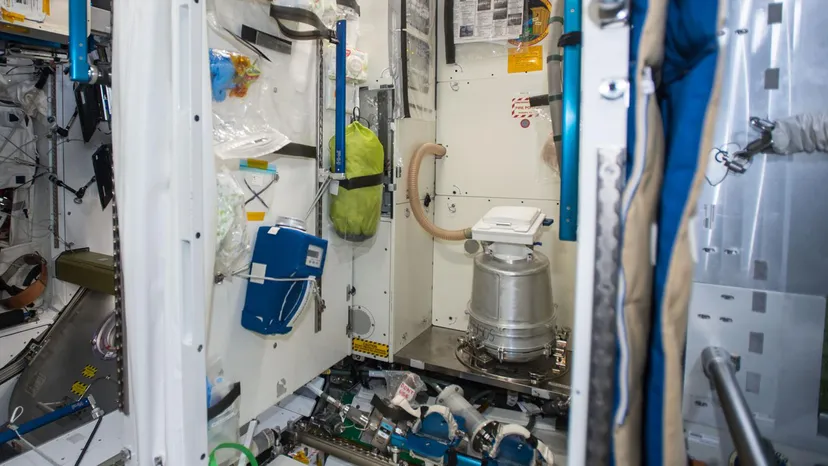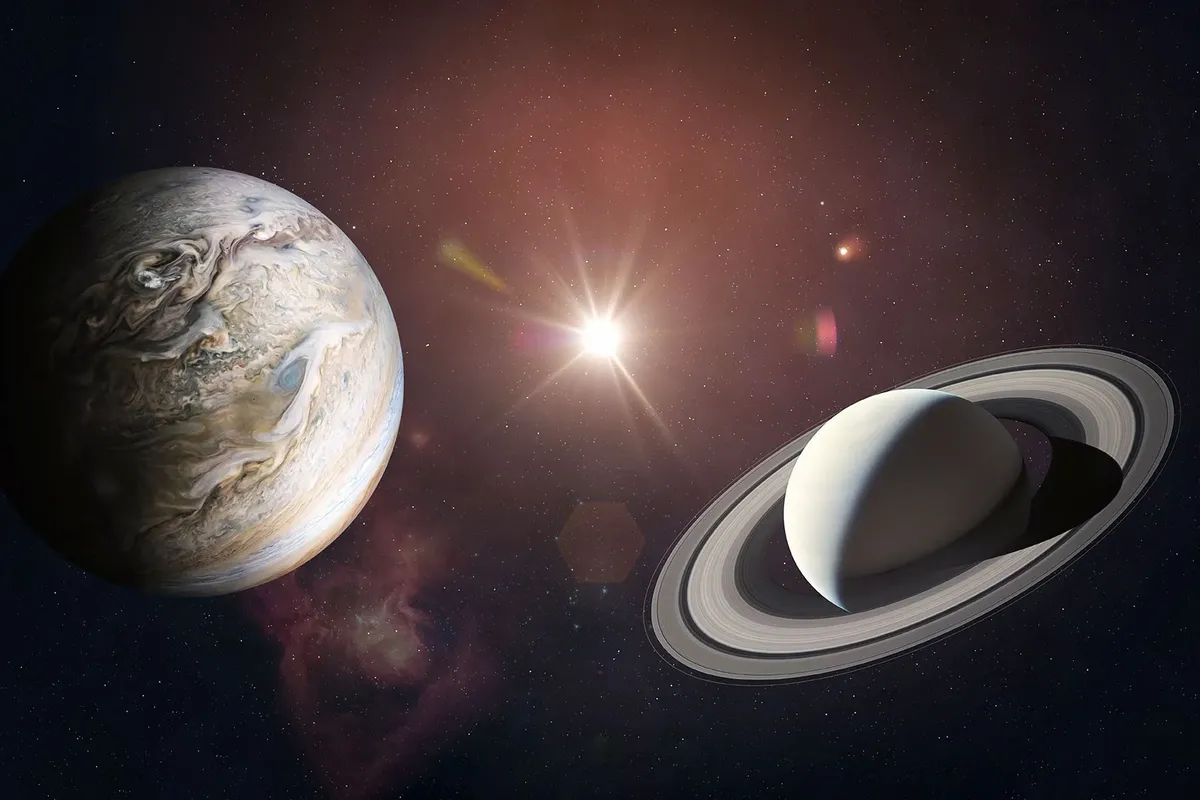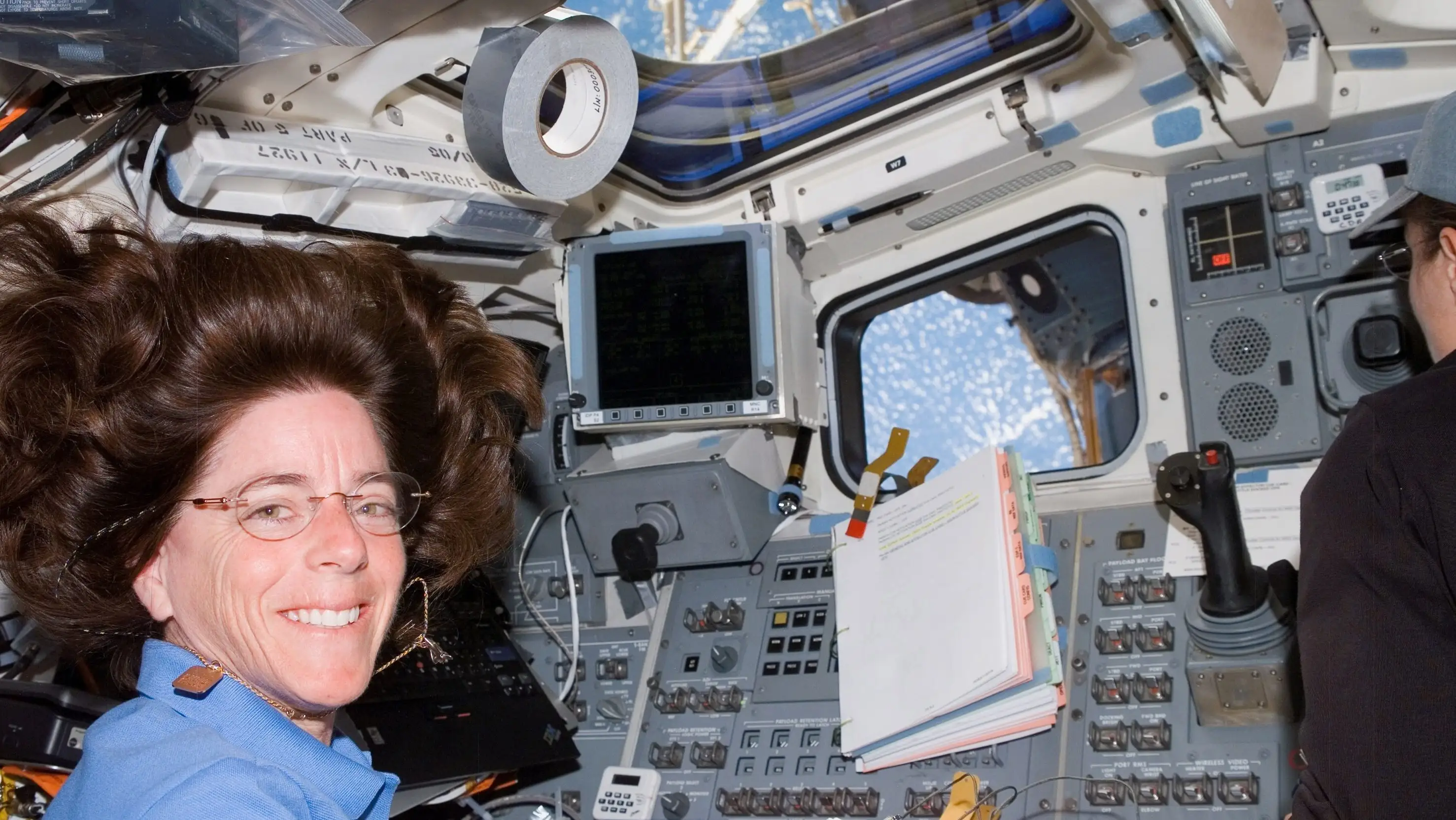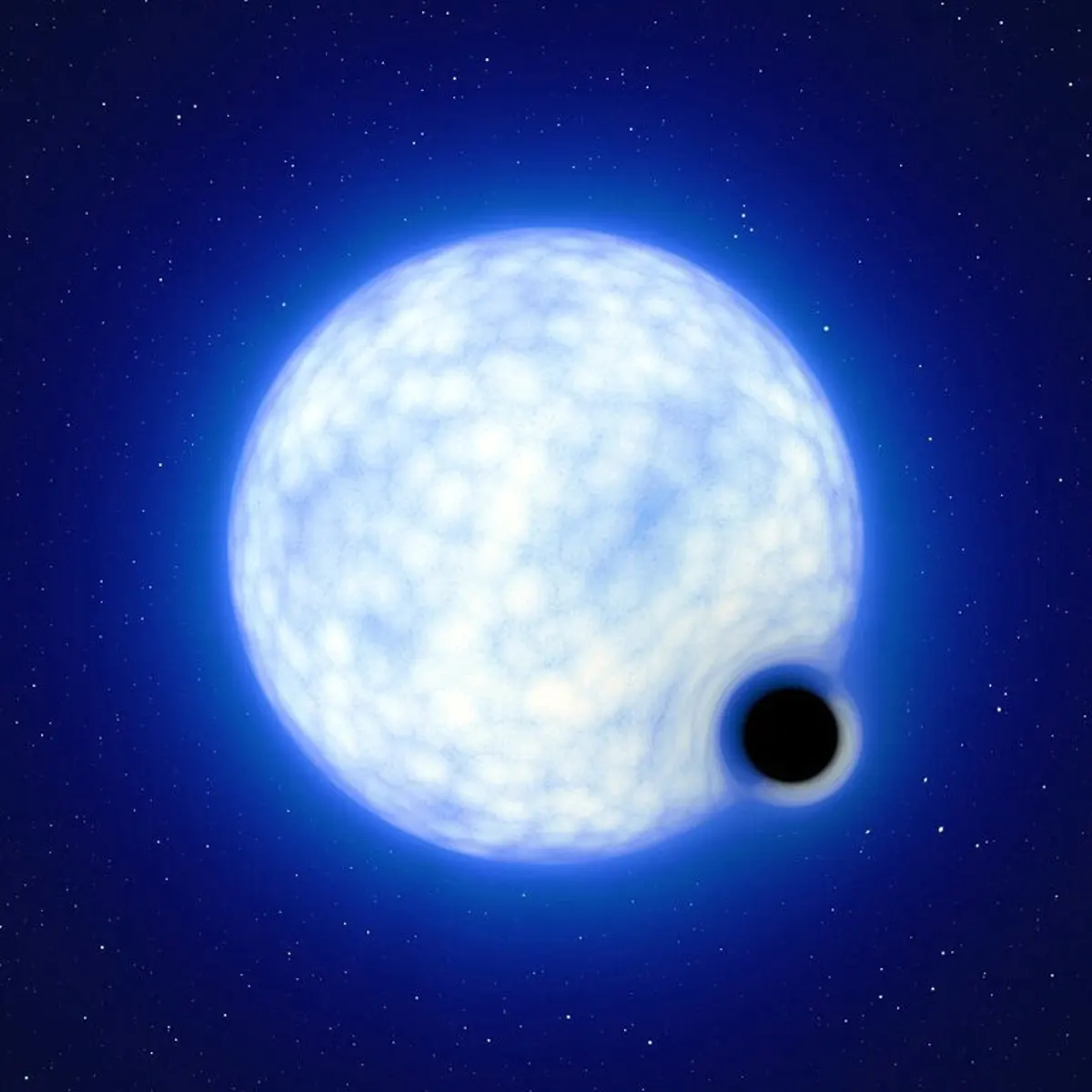Why did the Mars Observer fail?
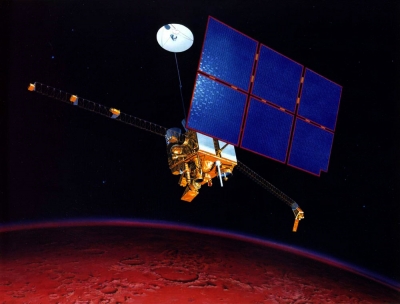
On August 22, 1993, just days before the Mars Observer spacecraft was to enter orbit around Mars, it lost contact with the bases here on Earth. The $400 million spacecraft with an estimated overall project cost of $1 billion was designed to study and photograph the Martian surface, but ended in failure.
Following the success of the Mariner programme in the 1960s and early 70s, the Viking programme was the U.S.'s next foray towards our neighbouring planet, Mars. After the probes Viking 1 and Viking 2 successfully landed on the red planet in 1976, over a decade went by before America's next mission to Mars. That came in the way of the Mars Observer, which was launched in 1992 and had things going well until its ill-fated end.
The mid-1980s saw a high priority mission to Mars being planned to act and expand on the information already assimilated by the Viking programme. With the preliminary mission goals of studying and taking high-resolution photographs of the Martian surface, the Mars Observer spacecraft was initially to be launched in 1990, before being rescheduled to 1992.
Based on Earth-orbiting spacecraft
Based on a commercial Earth-orbiting communications satellite that had been converted into an orbiter for Mars, the spacecraft was built at a cost of $400 million. The payload was made up of a variety of instruments that included a Gamma Ray Spectrometer (GRS), Pressure Modulator Infrared Radiometer (PMIRR), Thermal Emissions Spectrometer (TES), Mars Observer Camera (MOC), and Mars Balloon Relay (MBR) among others.
The specific objectives of the mission were to find out the elemental characteristics of the Martian surface: defining Mars topography and gravitational field: establishing the nature of Mars magnetic field finding out the distribution and sources of dust and volatile material over a seasonal cycle: and exploring the Martian abmosphere. The MBR was designed to receive information from the planned Mars Balloon Experiment to be carried by a Russian mission for retransmission back to Earth.
Contact lost
The Mars Observer was expected to achieve all this by orbiting the planet for one Martian year (687 Earth days), giving it a chance to observe the planet through the different seasons. The science instruments in the payload were thus designed to study the geology, climate, and geophysics of Mars.
Following a successful launch on September 25, 1992, Mars Observer was scheduled to perform an orbital insertion manoeuvre 11 months later on August 24, 1993. Just days before it, however, on August 22, 1993, communication was lost with the spacecraft even as it was preparing to enter orbit.
When the Mars Observer failed to respond to messages radioed by the ground controllers here on Earth, further efforts to communicate were made-once every 20 minutes. Even though they were met with silence, further attempts were made, less regularly, until the mission was declared a loss on September 27, 1993 and no further attempts to contact were made after that
Propulsion system failure
In 1994, an independent board from the Naval Research Laboratory announced their findings regarding the failure. They suggested that the most probable cause of the communications failure must be a rupture of the fuel pressurisation tank in the propulsion system of the spacecraft
Regardless of what the reason was, an estimated cost of $1 billion, which included the price of the spacecraft along with the costs of space shuttle launching and processing of scientific data was lost. While the science instruments were reflown on two other orbiters, Mars Global Surveyor and 2001 Mars Odyssey, there is no telling if Mars Observer followed the automatic programming to go into Mars orbit flew by the planet, or even if it continues to operate.
Picture Credit : Google
